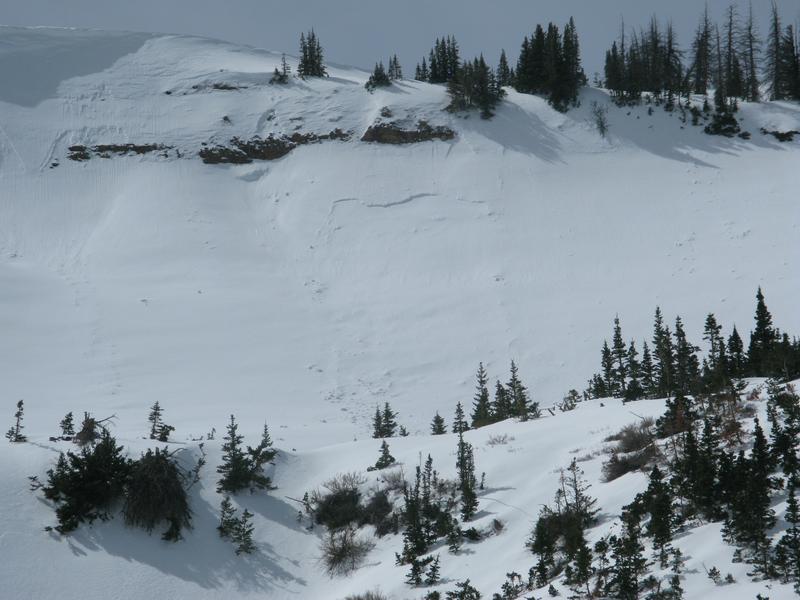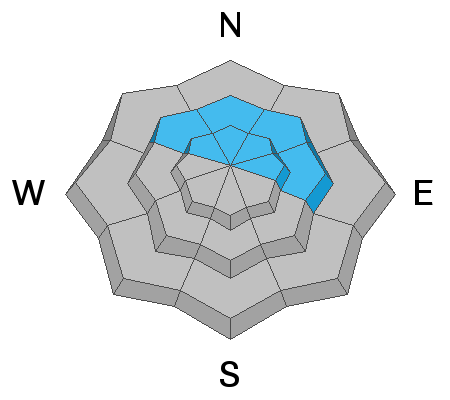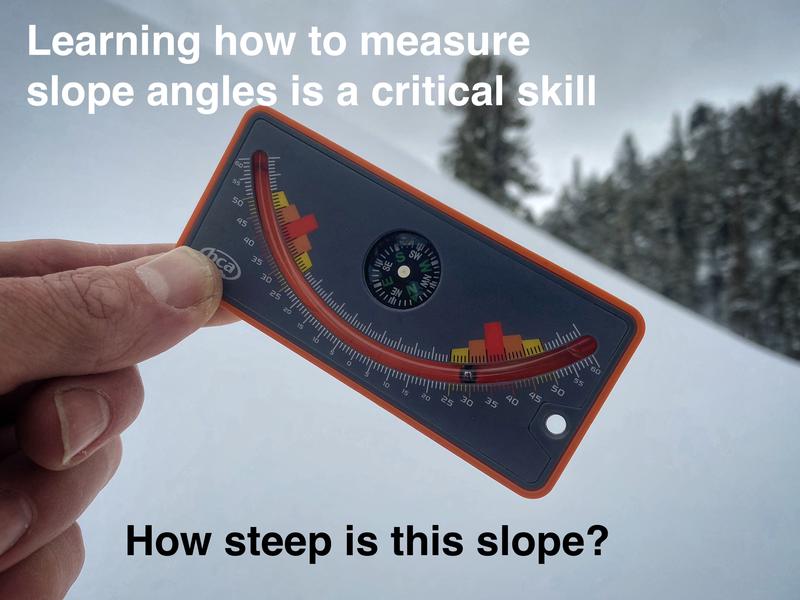I'd like to thank our incredible community for your support of the 2022 Spring Campaign. We raised $75,000 in two weeks to help grow our avalanche forecasting program. Thank You!
NOWCAST-
A dry, cool front slides through the area this morning ushering in high clouds and knocking temperatures into the mid 20's, down a few degrees from yesterday at this time. Winds shifted to the west and northwest right around midnight and have mellowed somewhat, blowing 10-20 mph near the high peaks. The midweek storm snow finally took on heat yesterday even in the high country. But switch your aspect, head for the mid elevation sunny slopes, and you'll be rewarded with a solid corn harvest.
FORECAST-
Clouds thin out and we should see partly cloudy skies as the day progresses. Westerly winds blow 15-25 mph near the high peaks and temperatures climb into the low 40's. Clear skies allow overnight lows to dip into the 20's.
FUTURECAST-
Winds increase Monday as the next storm system impacts our region late in the day into Tuesday. It'll be on the warm side and that means snow levels are high for the beginning of the system. Not a big storm, but enough for a quick 3"-6" reset with clearing skies set for midweek. High pressure builds to round out the work week.
This is the time of year the Uinta's shine. The UAC crew is getting after it, finding excellent cold, shallow, cream on a very supportable base and the opportunity to start spinning laps and stacking trax... travel is seamless and the livin' is easy :)
Trip reports and snowpack observations are found
HERE.
Looking for real-time temps, snow, or wind? Click HERE and then on the "western Uinta" tab for western Uinta specific, weather station network.
We spotted this interesting pocket Friday which was most likely triggered a few days ago. It looks like a damp piece of snow dribbled from the steep rock band, crashed onto the slope below, and broke to the Jan/Feb weak layer.
No other significant avalanches to report.
An archive of recent slides is found
HERE. 











